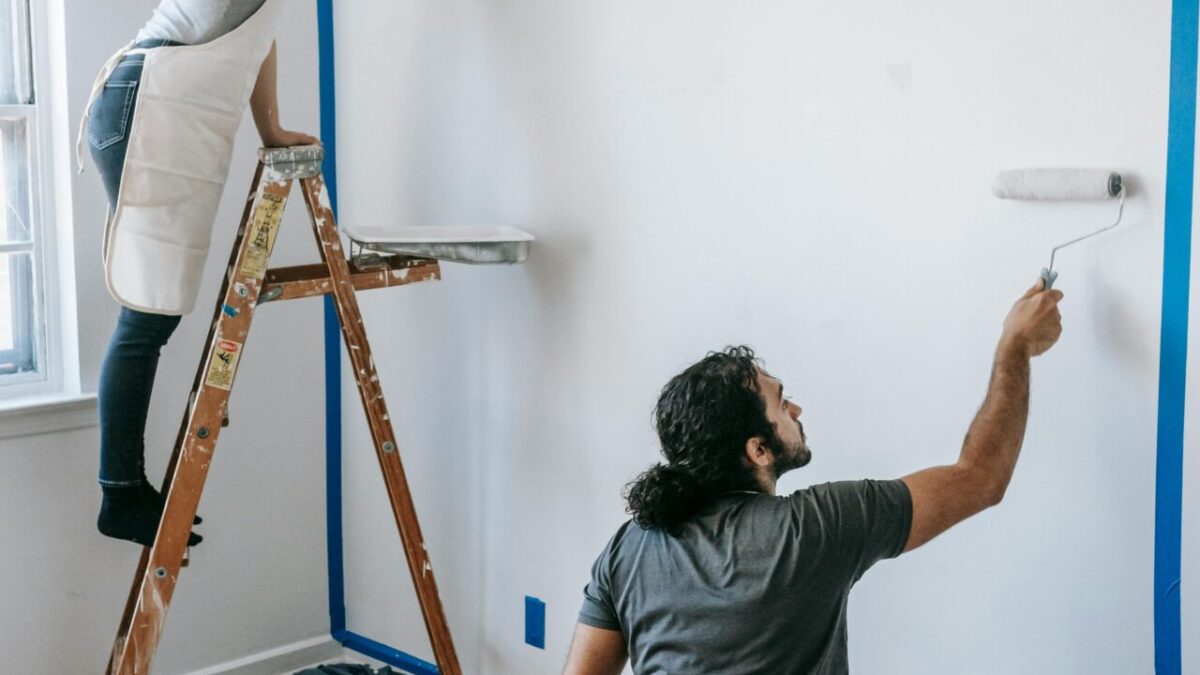We’ve all seen the shows—homeowners tearing down walls, installing gleaming countertops, and adding luxurious spa bathrooms. It’s seductive. It feels like smart investing. After all, who wouldn’t want a home that’s bigger, better, and shinier?
But here’s the hard truth: not all renovations boost your home’s resale value. In fact, some of them actively hurt it. Whether it’s overly personal design, poor ROI, or pricing yourself out of your neighborhood, falling into the renovation trap can cost you thousands when it’s time to sell.
Let’s break down how well-meaning improvements can backfire—and how to avoid them.
1. Over-Personalization: Your Dream, Not Theirs
You may love your jet-black kitchen, glitter grout, or that bold mural in the dining room—but buyers might not.
Renovations that reflect your personality are risky if you plan to sell within five years. Buyers want to picture themselves in the home. Unusual color schemes, niche features (built-in wine cellars, anyone?), or trendy finishes that will look dated in 12 months can narrow your buyer pool dramatically.
Instead: Opt for timeless updates and add personality through easily changeable decor—art, lighting, or textiles.
2. Ignoring the Neighborhood Benchmark
Here’s a gut punch: no matter how much you put into your house, your resale value still has a ceiling—the local comp ceiling.
If all the homes in your area are 3-bed, 2-bath midcentury ranches worth $350K, and you spend $100K turning yours into a mini-mansion, buyers may balk at paying $500K. You’ve out-renovated your market.
Instead: Focus on high-ROI upgrades like kitchens and bathrooms—but keep them within the aesthetic and price point of your neighborhood.
3. Low-Quality DIY or Contractor Work
Some people are masters with a nail gun. Others should not be touching power tools.
Shoddy renovations—crooked tiles, uneven floors, weird layouts—can be red flags to buyers. They start to wonder what else was done unprofessionally. Even licensed contractors can cut corners if not supervised.
Instead: Hire vetted professionals, check references, and prioritize quality over shortcuts. If you DIY, do it right—or don’t do it at all.
4. Too Much Luxury in the Wrong Places
Heated bathroom floors? Designer chandeliers? $20K smart fridges? These luxuries feel good—but rarely pay off, especially if the rest of the home doesn’t match the vibe.
Buyers might love the fridge but not be willing to pay for it. Worse, it can make the rest of the house feel cheap by comparison.
Instead: Stick to midrange upgrades with proven returns: updated cabinets, energy-efficient appliances, smart storage, or modern lighting.
5. Garage Conversions & Bedroom Swaps
Turning a garage into a man cave, office, or spare room may make your day-to-day easier—but it can ding your value. In many areas, buyers want a secure place for their car, and appraisers still consider a garage a plus.
Same goes for converting a bedroom into a walk-in closet or home gym without a way to reverse it.
Instead: Make changes reversible or clearly communicate their value to potential buyers.
So, What Should You Renovate?
Here’s where you’ll get the best bang for your buck:
- Minor kitchen remodels (not full gut jobs)
- Bathroom refreshes with new tile, fixtures, and vanities
- Curb appeal improvements (landscaping, fresh paint, front doors)
- Energy efficiency upgrades (windows, insulation, HVAC)
Renovating your home isn’t just about what you want—it’s also about what the next person will pay for. The renovation trap is real, and too many homeowners learn this lesson only after sitting on the market for months—or accepting a lower offer than expected.
So before you knock down a wall or rip up that floor, ask yourself: Am I adding value—or just adding cost?
Sometimes, the best return on investment is restraint.
Unlock Full Article
Watch a quick video to get instant access.


Social Media